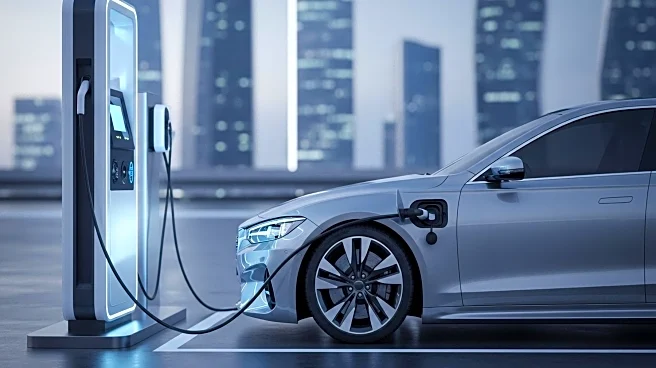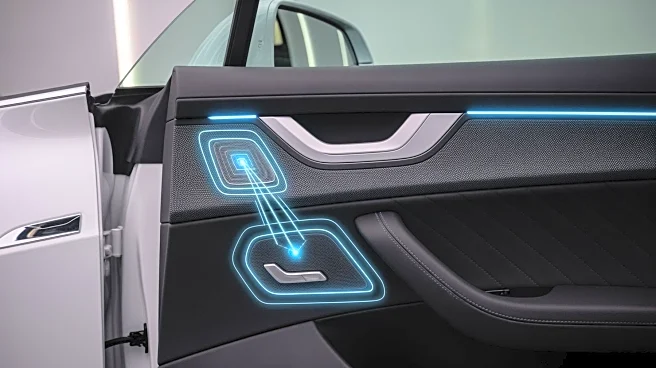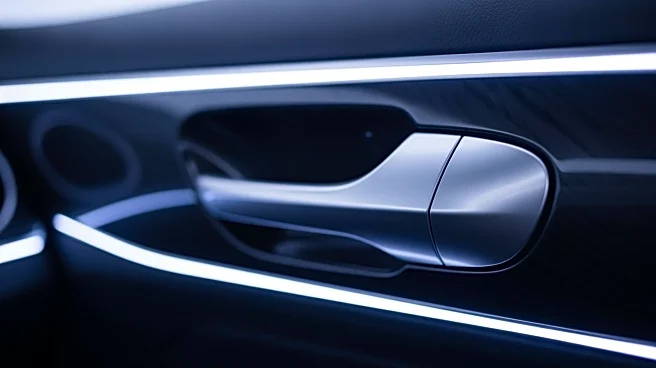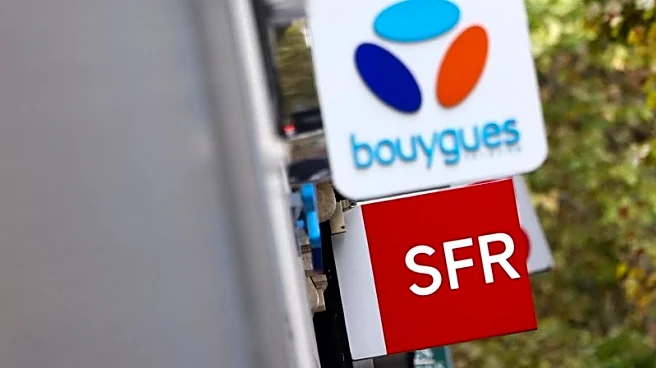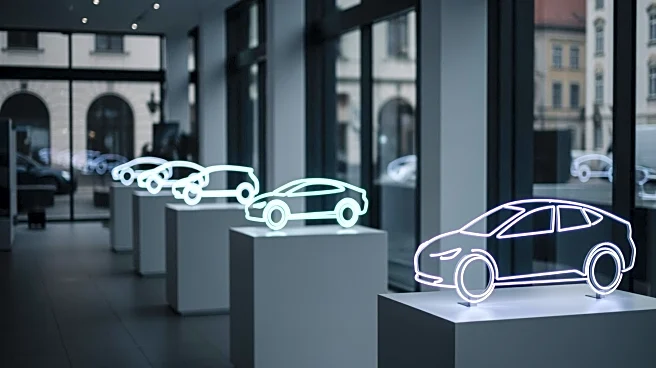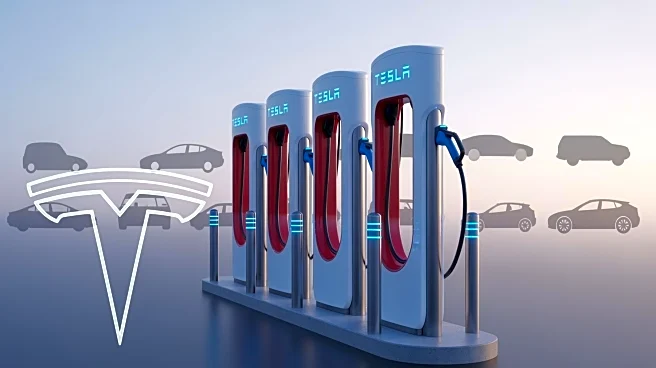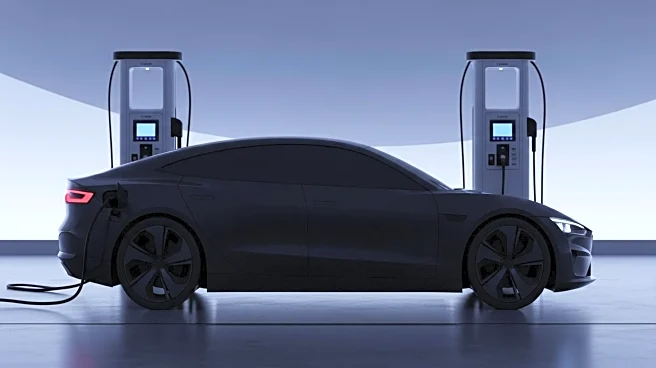What's Happening?
European regulators are intensifying scrutiny on Tesla's door handle design following concerns about safety in emergency situations. The Dutch authority RDW, responsible for inspecting Tesla vehicles in the EU, announced plans to strengthen regulations
ensuring occupants can exit vehicles safely after a crash. This follows a Bloomberg investigation revealing issues with Tesla doors during battery power outages, potentially trapping occupants. The U.S. National Highway Traffic Safety Administration has also opened a defect investigation into Tesla Model Y door handles. The European Transport Safety Council is advocating for expedited regulatory work and recalls for vehicles that may trap occupants.
Why It's Important?
The focus on Tesla's door safety is crucial as it addresses potential life-threatening situations where occupants may be unable to exit vehicles during emergencies. The scrutiny reflects broader concerns about the integration of advanced technology in vehicles and its implications for safety standards. The regulatory actions could lead to significant changes in automotive design and manufacturing practices, impacting Tesla and other manufacturers adopting similar designs. The issue highlights the need for robust safety regulations to keep pace with technological advancements in the automotive industry.
What's Next?
Regulatory bodies in Europe and the U.S. may continue investigations and potentially enforce recalls or design changes for Tesla vehicles. The situation could prompt Tesla to revise its door handle design to ensure compliance with safety standards. Other automotive manufacturers may also review their designs to avoid similar scrutiny. The developments may lead to increased collaboration between international safety organizations to establish unified standards for vehicle safety in emergencies.
Beyond the Headlines
The scrutiny of Tesla's door safety raises questions about the balance between innovative design and practical safety considerations. The situation underscores the ethical responsibility of manufacturers to prioritize occupant safety over aesthetic or technological advancements. It also highlights the role of regulatory bodies in safeguarding public safety amid rapid technological changes in the automotive sector.




